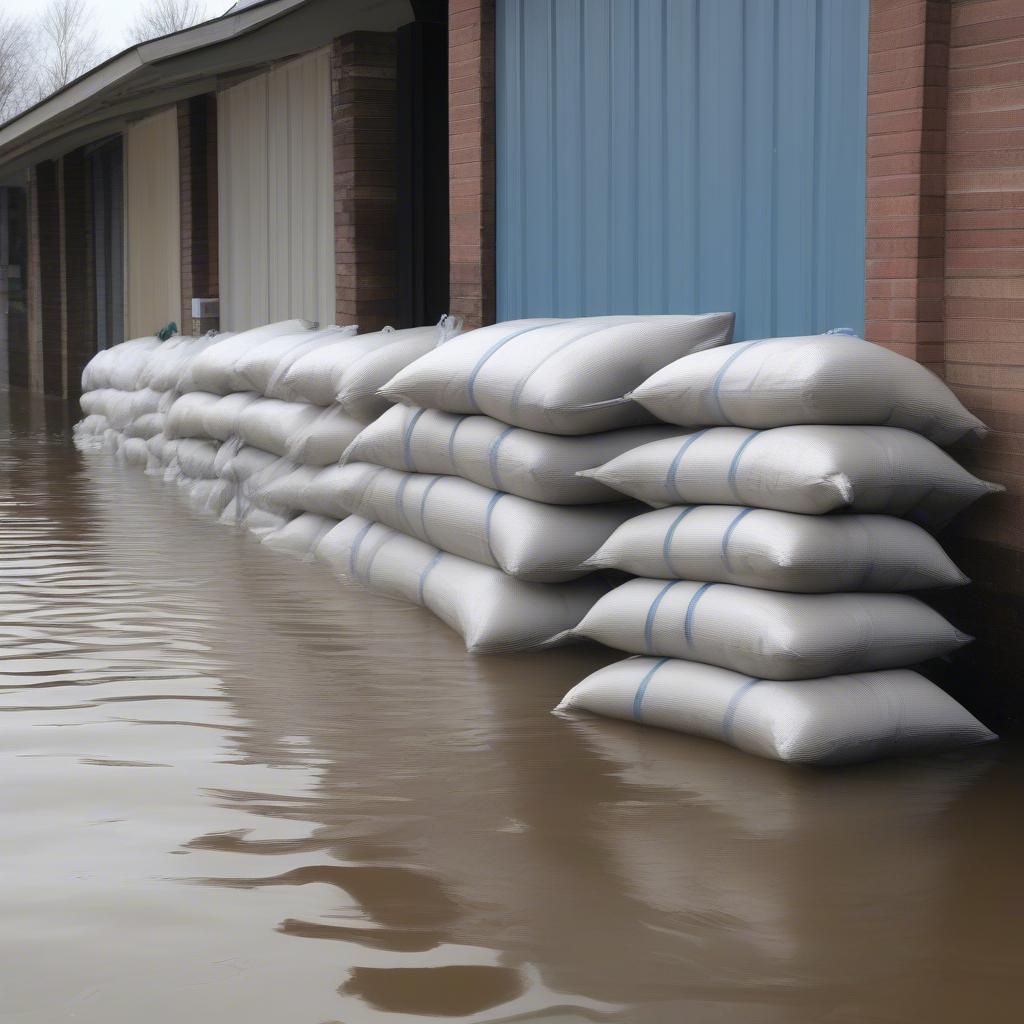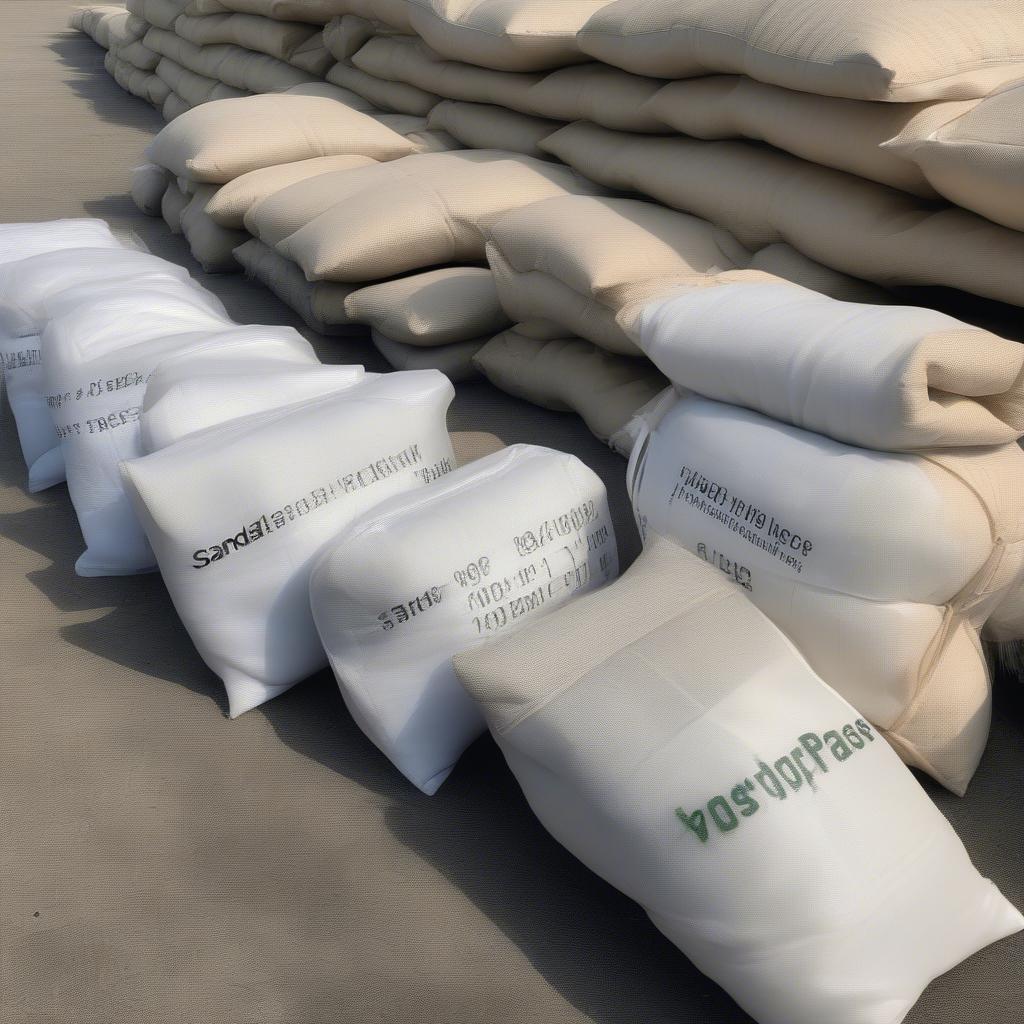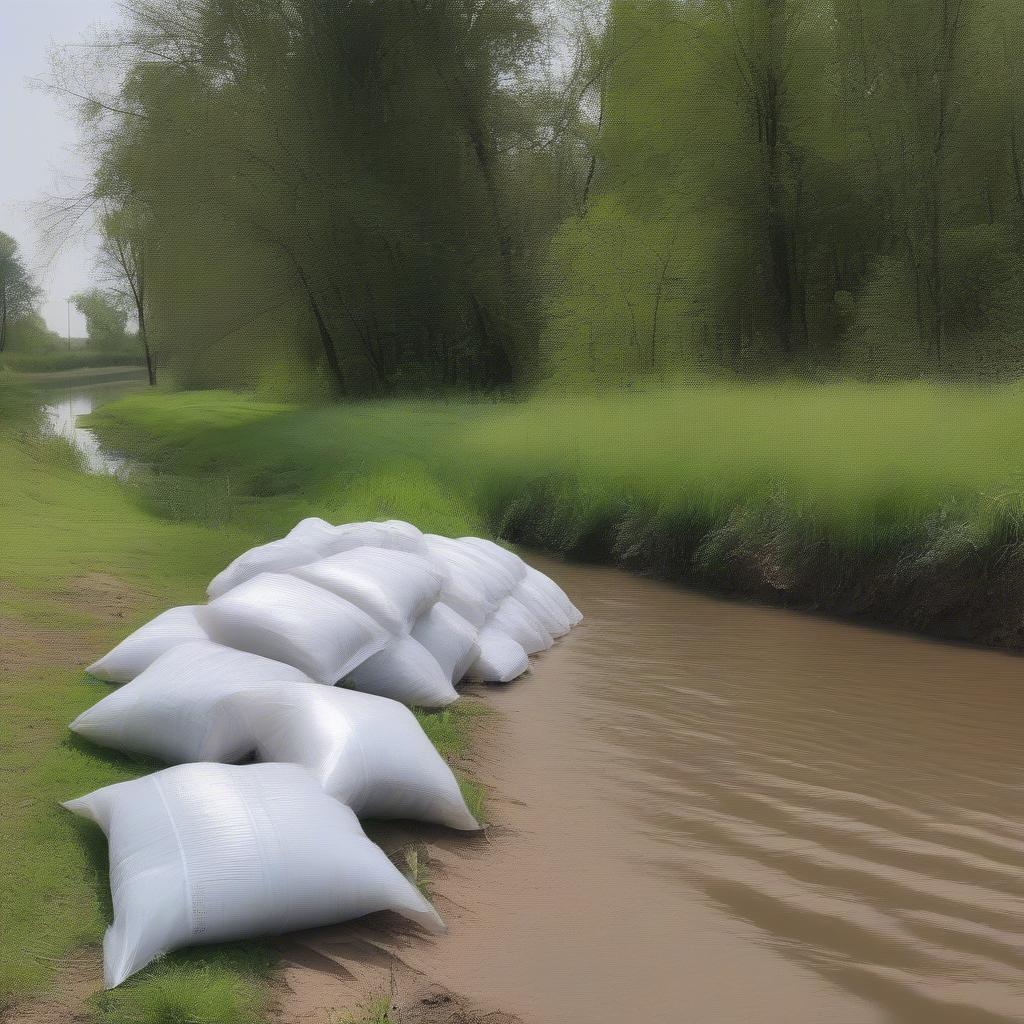Woven Bag
Woven Polypropylene Sand Bags: The Ultimate Guide
Woven Polypropylene Sand Bags are a versatile and cost-effective solution for flood control, erosion prevention, and construction projects. This comprehensive guide will explore everything you need to know about these essential tools, from their various uses and benefits to choosing the right size and filling techniques. woven polypropylene sand bag
Understanding Woven Polypropylene Sand Bags
Woven polypropylene sand bags are constructed from woven polypropylene fabric, a durable and water-resistant material. This woven structure gives the bags strength and flexibility, allowing them to conform to various shapes and withstand considerable weight. They are significantly lighter than traditional burlap sandbags, making them easier to handle and transport. The polypropylene material also resists rot, mildew, and UV damage, offering a longer lifespan compared to other materials.
What makes woven polypropylene stand out? Its incredible strength and resistance to the elements. These bags are designed to withstand harsh conditions, making them ideal for outdoor use.
 Woven Polypropylene Sandbags Used for Flood Protection
Woven Polypropylene Sandbags Used for Flood Protection
Choosing the Right Woven Polypropylene Sand Bag
Selecting the correct sandbag size is crucial for effectiveness. Common sizes include 14×26 woven polypropylene sand bags and 18×30 woven polypropylene sand bags. Consider the specific application and the weight you need the bags to hold when making your decision. Larger bags offer greater coverage but require more filling material. Smaller bags are easier to handle and place in tight spaces.
Are you unsure which size is best for you? Consulting with a supplier can provide valuable insights and ensure you get the right product for your needs.
 Different Sizes of Woven Polypropylene Sandbags
Different Sizes of Woven Polypropylene Sandbags
Filling and Placement Techniques for Woven Polypropylene Sand Bags
Proper filling and placement are essential for maximizing the effectiveness of woven polypropylene sand bags. Fill bags to approximately two-thirds full, leaving enough room to tie them securely. Avoid overfilling, as this can make the bags difficult to handle and less effective at creating a tight seal. When placing the bags, overlap them like bricks, ensuring a snug fit. Stagger the joints to create a stronger barrier.
How do you ensure a tight seal? Overlapping the bags correctly prevents water seepage and creates a more effective barrier.
Benefits of Using Woven Polypropylene Sand Bags
Woven polypropylene sand bags offer a number of advantages:
- Durability: The strong woven polypropylene material resists tearing and punctures.
- Water Resistance: They effectively repel water, preventing seepage and damage.
- UV Resistance: They withstand prolonged sun exposure without degrading.
- Lightweight: Easier to handle and transport compared to traditional sandbags.
- Reusability: Can be emptied and reused, making them a cost-effective option.
- Availability: Sand bags empty woven polypropylene sandbags with built-in ties are readily available.
“Woven polypropylene sandbags are a game-changer in flood control. Their durability and reusability make them a smart investment for any homeowner in a flood-prone area,” says John Miller, a flood mitigation expert.
Beyond Flood Control: Other Uses of Woven Polypropylene Sand Bags
While commonly associated with flood control, woven polypropylene sand bags have diverse applications:
- Erosion Control: Stabilize slopes and prevent soil erosion.
- Construction Projects: Create temporary barriers or support structures.
- Landscaping: Define garden beds and create raised planting areas.
- Military Applications: Provide cover and protection.
 Woven Polypropylene Sandbags for Erosion Control
Woven Polypropylene Sandbags for Erosion Control
“The versatility of these bags is impressive. We use them for everything from flood control to stabilizing construction sites,” notes Sarah Lee, a civil engineer.
Woven Polypropylene vs. Other Materials: A Comparison
Woven polypropylene often outperforms other materials like burlap or hessian:
- Longer Lifespan: Polypropylene resists rot and mildew, offering greater longevity.
- Superior Strength: The woven structure provides enhanced durability.
- Improved Water Resistance: Polypropylene effectively repels water.
Conclusion
Woven polypropylene sand bags offer a durable, versatile, and cost-effective solution for various applications. From flood control to erosion prevention and construction projects, their strength, water resistance, and reusability make them an invaluable tool. Understanding the different sizes, filling techniques, and placement strategies will ensure you maximize their effectiveness. Choose hdpe pp woven bags for reliable performance and long-lasting protection.
FAQ
- How many sandbags do I need for flood protection?
- Where can I purchase woven polypropylene sandbags?
- How do I dispose of used sandbags?
- Are woven polypropylene sandbags environmentally friendly?
- Can I use other materials besides sand to fill the bags?
- What is the average lifespan of a woven polypropylene sandbag?
- How much weight can a woven polypropylene sand bag hold?
When you need assistance, please contact us at Hanoi, Vietnam or Tech Avenue, Suite 12, San Francisco, CA 94105, USA. We have a 24/7 customer service team.
